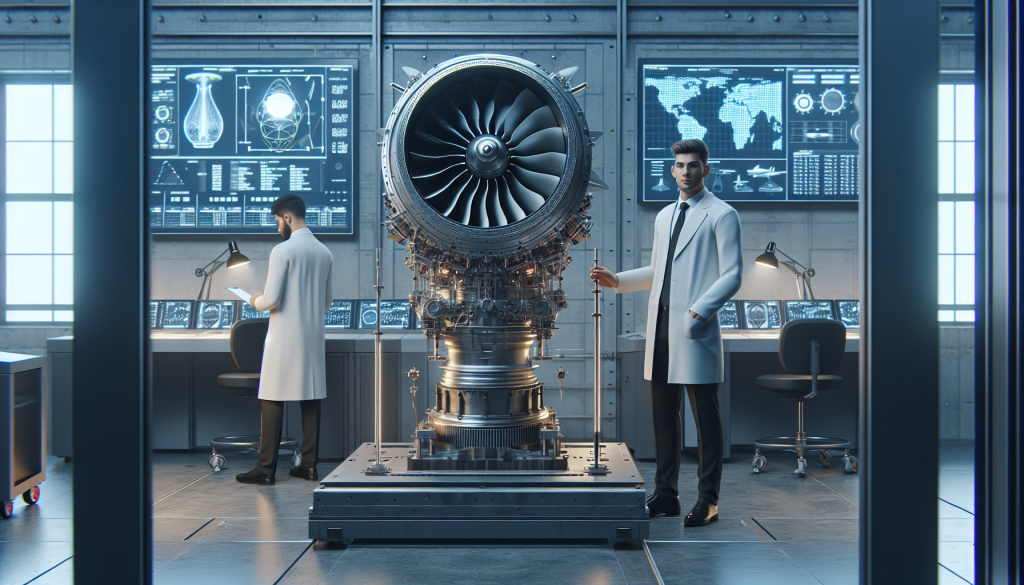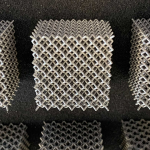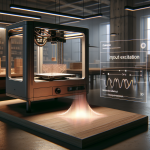
Key Takeaways
- Aerospace parts can be tested for durability and performance using non-destructive methods that preserve their integrity.
- Innovative techniques like resonance frequency testing reveal material stiffness without causing damage.
- Non-destructive testing saves time, reduces waste, and lowers maintenance costs for aerospace manufacturers.
- Accurate testing ensures safety compliance and optimizes part longevity in demanding flight conditions.
The Challenge of Testing Aerospace Parts
In the aerospace industry, safety and reliability are absolute priorities. Every component must meet meticulous standards before it can be integrated into an aircraft or spacecraft. However, traditional testing methods often push materials to the point of failure to assess their limits. While this provides valuable data, it destroys the tested part, an unacceptable result when dealing with expensive, precision-engineered aerospace components. Manufacturers and engineers face a critical question: How can they be certain of a part’s performance without compromising its structural integrity?
The Solution: Non-Destructive Testing (NDT)
Non-Destructive Testing offers a smarter approach. It allows engineers to gather essential data about a component’s durability, stiffness, and performance while keeping the part intact. In aerospace, this means parts can be tested repeatedly during production, maintenance, and quality assurance, without the risk of damage. Resonance frequency analysis is one of the leading techniques in this field, providing precise measurements using vibration and sound rather than forceful stress.
Resonance Frequency Testing Explained
Also known as Impulse Excitation Technique, resonance frequency testing uses small, controlled vibrations to determine a part’s mechanical characteristics. These vibrations are measured and interpreted to reveal properties like Young’s modulus, shear modulus, and internal damping. The key advantage? There is no visible wear or damage to the component.
Benefits for Aerospace Manufacturers
- Extended lifespan: Parts can be tested multiple times over their service life.
- Cost savings: Eliminate the need to destroy parts during testing.
- Improved quality control: Real-time data allows for immediate adjustments in manufacturing.
- Compliance and certification: Meets strict aerospace safety and performance standards.
Why This Matters in Aerospace
Aircraft components operate in extreme conditions: high speeds, heavy loads, intense vibrations, and fluctuating temperatures. A single failure can lead to catastrophic consequences. Non-destructive testing ensures imperfections or weaknesses are detected before they become critical, reducing risk while maximizing performance.
From Factory to Flight: How Testing Works in Practice
- Initial Production Check: Parts are tested using NDT methods before assembly.
- In-Service Monitoring: Components undergo periodic testing to ensure they remain within specification.
- Maintenance Verification: After repairs or refurbishments, parts are checked again to certify performance.
- Life Cycle Tracking: Data from multiple tests is stored for long-term quality assurance.
Real-World Example
Consider turbine blades in a jet engine. These parts are exposed to extreme temperatures and rotational speeds. Using advanced resonance frequency systems, manufacturers can identify subtle changes in stiffness that may indicate material fatigue, all without removing the blade from service. This proactive maintenance reduces unexpected downtime and costly replacements.
Comparing Traditional vs. Non-Destructive Aerospace Testing
| Aspect | Traditional Destructive Testing | Non-Destructive Testing |
|---|---|---|
| Outcome | Part destroyed after test | Part fully preserved |
| Cost | Higher due to replacement | Lower due to reuse |
| Data Accuracy | Single-use results | Multi-phase tracking over time |
| Suitability | Not practical for rare or costly parts | Ideal for valuable aerospace components |
Industry Trends and Future Outlook
As aerospace technology advances, parts are becoming lighter, stronger, and more specialized. Non-destructive testing is evolving alongside these innovations, with automated systems and AI-enhanced monitoring providing even more accurate insights. The future of aerospace safety will depend heavily on the ability to test components frequently without risk to their operational readiness.
FAQ
What is non-destructive testing in aerospace?
Non-destructive testing (NDT) in aerospace involves evaluating parts like fuselage panels, turbine blades, and wing components without damaging them. Methods such as resonance frequency testing use vibration analysis to assess material properties safely and accurately.
Why is NDT better than destructive testing for aerospace parts?
NDT preserves expensive and rare components, allows repeated testing over a part’s lifespan, reduces waste, and provides actionable results without production delays.
How does resonance frequency testing work?
This method introduces controlled vibrations into a component, measures the response, and calculates stiffness and damping properties. The process is quick, non-invasive, and ideal for quality assurance in aerospace manufacturing.
Does NDT meet aerospace safety regulations?
Yes. Non-destructive testing methods are widely accepted in the aerospace sector, meeting and often exceeding safety compliance requirements while supporting rigorous performance benchmarks.
Can NDT detect hidden defects?
Absolutely. Advanced methods like resonance frequency analysis can reveal internal material changes, microcracks, and fatigue before they become visible, preventing costly or dangerous failures.
Ready to bring the benefits of non-destructive aerospace testing to your operations? Contact our team today to explore how advanced resonance frequency solutions can transform your quality assurance process.



